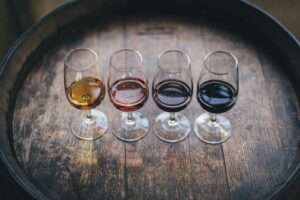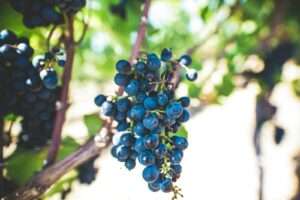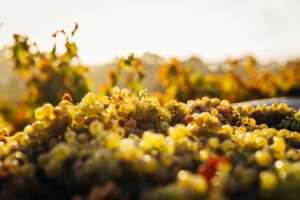Table of Contents
Navigating the World of Wines – Old vs. New
Understanding the nuances between Old World and New World wines can be a perplexing journey for many enthusiasts. The casual preference for one over the other often lacks a deeper comprehension of what defines each style. At The Wine Voyage, we advocate for appreciating the diversity without hierarchical judgment. Let’s delve into the essence of Old World and New World wines, empowering you with the knowledge to savor both.
Old World Wine vs. New World Wine: A Distinctive Dichotomy
Old World Charm
- Encompasses wine-producing regions considered the cradle of viticulture: Europe and the Middle East.
- Old World countries: France, Spain, Italy, Germany, Portugal, Austria, Greece, Lebanon, Israel, Croatia, Georgia, Romania, Hungary, and Switzerland.
- Traditionally, Old World wines exhibit lighter body, restraint, and lower alcohol, often rooted in centuries-old winemaking traditions.
- Stringent regulations guide winemakers, preserving the heritage and authenticity of their craft.
New World Finesse
- Originates from former colonies and warmer climates, including the U.S., resulting in fuller-bodied wines with pronounced fruit flavors and higher alcohol content.
- New World countries: U.S., New Zealand, Argentina, Chile, Australia, and South Africa.
- Reflects an entrepreneurial spirit, marked by varied winemaking practices and a penchant for experimentation.
- Embraces modern advancements, shifting the focus from historical continuity to innovation and adaptation.
Beyond Labels: Appreciating Diversity
- Romance in Tradition: Old World wine enthusiasts often cherish the historical continuity and heritage embedded in each sip, connecting to centuries-old winemaking practices.
- New World Dynamism: New World wines captivate with their boldness, embodying the dynamic spirit of regions where innovation and experimentation thrive.
- Condescending Notions: Condescension toward New World wines can undermine their diverse merits. Preference should be subjective, acknowledging the wealth each style brings to the palate.
- Changing Trends: Wine preferences, like fashion trends, evolve. The ebb and flow between Old World and New World preferences showcase the cyclical nature of wine appreciation.
10 Facts About “Old World vs. New World Wines”:
- Historical Roots: Old World wines hail from the historical birthplaces of viticulture.
- Regulated Practices: Stringent regulations govern Old World winemaking, preserving traditional methods.
- Cultural Diversity: New World wines showcase the diversity stemming from former colonies and varied climates.
- Innovative Spirit: Winemakers in the New World embrace experimentation and modern techniques.
- Flavor Profiles: Old World wines often exhibit lighter bodies, while New World wines are known for fuller, fruit-forward profiles.
- Geographic Influence: Old World wines derive their names from regions, emphasizing terroir.
- Varietal Emphasis: New World wines are often labeled by grape varietals, highlighting their predominant fruit character.
- Heritage Connection: Old World enthusiasts appreciate the heritage and historical connection in each bottle.
- Entrepreneurial Legacy: New World wines reflect an entrepreneurial legacy, driven by innovation and adaptability.
- Subjective Preference: Wine preferences, whether Old or New World, are subjective and subject to changing trends.
Find out more about our experiences.
You may also want to check out our gallery for past events.




















